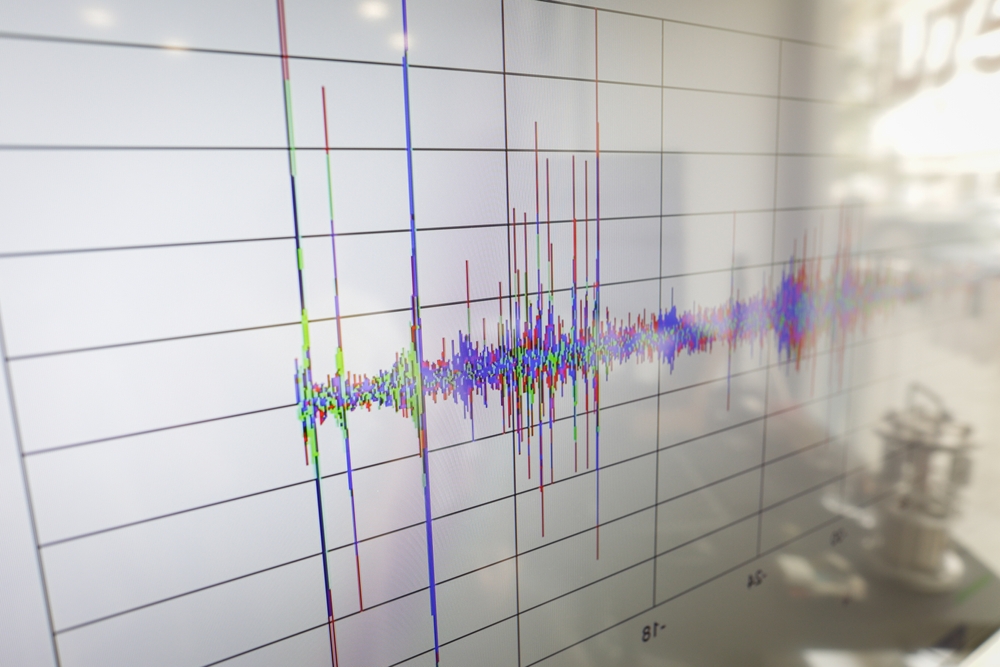
FEM simulation for CFRP and Hybrid Structures
FRP structure simulation based on the finite element method (FEM) has the task of virtually analyzing the subsequent behaviour of a structure at an early stage of product development. Examples include deformation under external loads, failure behavior or vibration behavior during operation. The aim is to start the prototype phase with the best possible design in order to minimize high costs and long development times caused by numerous design iterations and tests. Optimal in the sense of lightweight construction and resource efficiency always means achieving the requirements with the lowest possible use of weight.
FE-Simulation for Composites & Hybrid Structures
The informative value of an FEM structural simulation stands and falls with the mapping quality of the models used. Composites (e.g. CFRP, GFRP, AFRP, …) have a complex anisotropic behavior due to their nature. In particular, the failure mechanisms also depend significantly on the semi-finished fiber product used (fabric, scrim, braid, …) and the matrix system (thermoset, thermoplastic, …). This makes the selection of a suitable modeling approach, the derivation of the correct characteristic values and the interpretation of simulation results an expert task.
In addition, manufacturing influences determine the actual mechanical properties to a large extent. For example, draping results in locally varying fiber angles, which can quickly cause drastic strength losses in unfavorable constellations. Whether such influences need to be taken into account in a problem, how this can be done most efficiently on an individual basis and what measures can be taken are questions that you are confronted with during development.

Material modelling
Correct material modeling in finite element analysis is key for composite-material intensive products, enabling accurate predictions of behavior under various conditions. It helps in understanding stress distribution, failure points, and performance, guiding engineers in optimizing design, reducing weight, and ensuring safety and efficiency in industries like aerospace and automotive.

Structural and Process Simulation
Process simulation of composite manufacturing and structural analysis is pivotal for optimizing production and ensuring reliability. It enables precise control over material behavior, fiber orientation, and layering, leading to enhanced performance and reduced costs. This integrated approach is essential for advancing complex composite structures.

Development of Methods
Customized and material-specific simulation methods for composites are vital for harnessing their unique properties. Tailored approaches in manufacturing, testing, and analysis ensure optimal performance and durability, enabling innovative applications sp that the unique demands and potential of composites can be fully realized and exploited.

CIKONI’s impact simulation for fiber-reinforced composites enables precise analysis and optimization of impact scenarios through highly dynamic simulation methods. These simulations support applications such as bird-strike protection in aviation, ballistic protection systems, and high-pressure tanks for hydrogen vehicles. Our modeling takes material properties, process factors and environmental conditions into account, significantly contributing to the development of safe and high-performance fiber composite structures.

CIKONI’s impact simulation for fiber composite materials enables precise analysis and optimization of impact scenarios through advanced simulation methods. These simulations support applications such as bird-strike protection in aviation, ballistic protection systems, and high-pressure tanks for hydrogen vehicles. Different reinforcement fibers and matrix systems are customized to meet specific customer requirements, maximizing energy absorption and durability. The modeling incorporates material properties and environmental factors, which is essential for developing safe and high-performance fiber composite structures.
Our Approach to Composite Simulation
Our roots lie in materials mechanics, production engineering and the simulation of composites. We think and act in a cross-thematic way and thus find holistic and creative solutions that meet the requirements of the material and multiply your innovative strength.
We have many years of experience in the stiffness, strength and crash design of composites and support or advise you in all phases of structural design. For special issues in connection with new semi-finished products, manufacturing processes or modeling approaches, we develop and validate methods for you that integrate seamlessly into your working environment and implement them in tools and calculation or evaluation routines as required.
Determination and validation of numerical material cards with a focus on application-oriented failure and damage criteria for FEM simulation
Planning, coordination and evaluation of corresponding test programs for material characterization
Consideration of the as-built properties in the structural calculation, e.g. by modeling the fiber angles from a draping simulation or by optical 3D preform measurement
Numerical sensitivity analyses at laminate and component level to determine critical limit values for manufacturing effects
Laminate design and optimization using physically based failure criteria and laminate-based optimization algorithms
Derivation of limit sample catalogs, quality criteria and tolerance specifications for production
Simulate Now.
We are happy to discuss your challenges in the field of CFRP simulation with you. Contact us today to receive your individual solution proposal.
